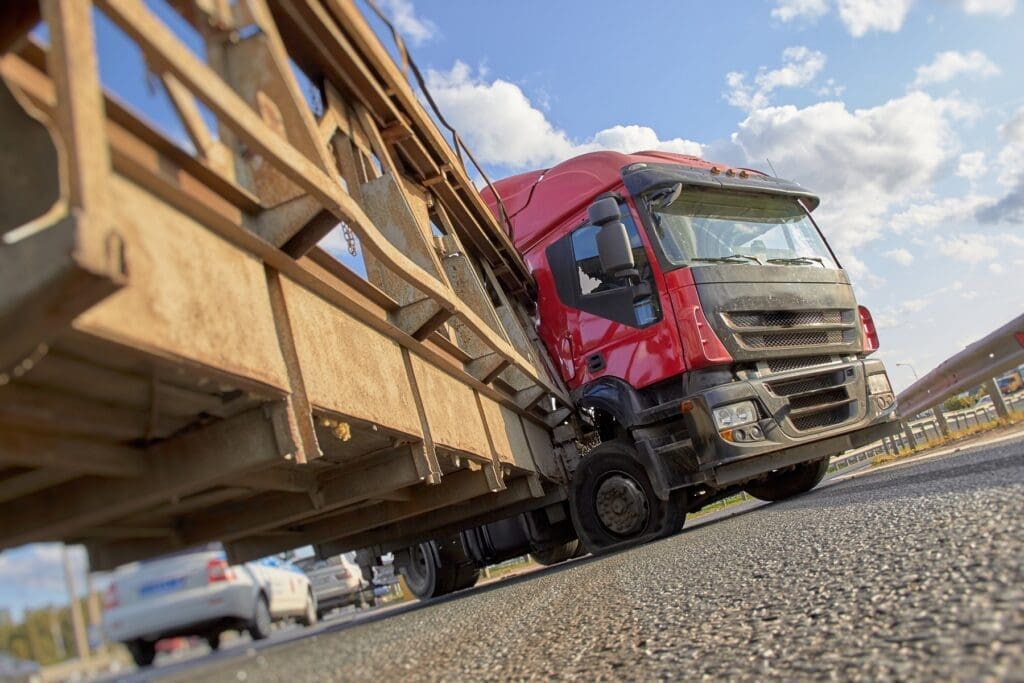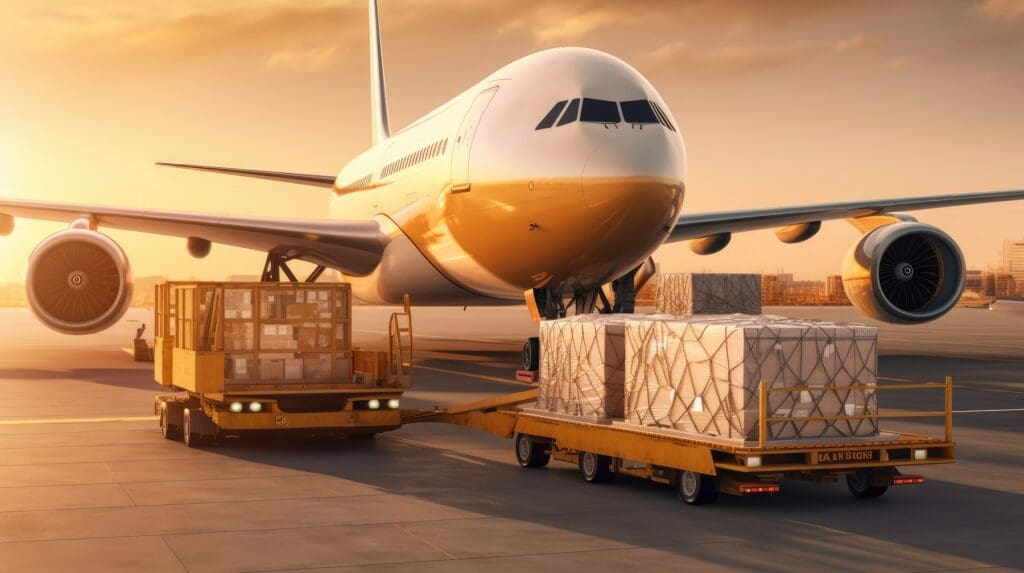Blowouts are scary. Even scarier are their all-too-often consequences. The National Highway Traffic Safety Administration (NHTSA) reported that tires were a contributing factor in accidents that injured 19,000 people in 2015. Even worse, 733 people died in 2016 in crashes in which tire malfunction contributed to the accident. And even if a driver handles a blowout well, it doesn’t mean that other drivers aren’t affected down the road: It’s estimated that road debris causes over 25,000 accidents and at least 100 deaths each year in the U.S. and Canada, and you guessed it: Tire pieces make up the bulk of road debris.
No driver would knowingly drive on bad tires, but many are often unaware of issues until it’s too late.
“Some 20% of vehicles inspected in the Michelin Tire Care program comprised what we call a ‘Red Tag event,’” says Coy Jones of Michelin Americas Truck Tires. “These are critical issues that require immediate attention to avoid an emergency roadside service event or CSA out-of-service violation. Another 63% of vehicles inspected reported a ‘Yellow Tag event,’ an issue that results in additional long-term costs.”
In a 2003 survey, the Federal Motor Carrier Safety Administration (FMCSA) found only 50% of the tires checked were within 5% of their recommended pressure. And during an investigation in Pennsylvania, the NHTSA found that out of a dozen drivers, more than half had overburdened tires and 60% didn’t know the proper inflation pressure for their truck tires.
Causes of Blowouts
Tires blow when they suddenly lose air. Improper inflation is the number one cause.
“Industry research has indicated that about 90% of tire blowouts can be traced to under-inflation, and almost half of all emergency service road calls are tire-related,” says Jon Intagliata of Bendix Commercial Vehicle Systems. And unfortunately, re-inflating an under-inflated tire not only doesn’t work long-term, but it’s dangerous. The flexing endured when running under-load damages tires’ sidewalls. “If a tire is run 20% low, causing degradation is a real risk. It’s going to fail at some point,” says Joe Puff of NationaLease. “It should be pulled from service.”
Dual-tire imbalance is another factor in some blowouts—and the cause of the imbalance may not be what you’d expect. According to a white paper on tire maintenance from Innovative Products of America Inc., “Fleets often make the mistake of using either inflation pressure or tread depth as an indicator of a proper match. In fact, these two variables are independent of the diameter as a whole and if used alone will yield undesirable tread wear and fuel economy results.” Tires in a dual assembly need to have the same circumference or they won’t cover the same distance. “A diameter mismatch of just 5/16 of an inch means the larger tire will drag the smaller one a distance of about 13 feet for every mile, or 246 miles for every 100,000 miles,” says Bridgestone’s Guy Walenga. That dragging puts wear on the smaller tire and damages the bigger tire as well. “The harder of the two does most of the heavy lifting, while the soft tire flexes its way to an early grave,” says Matt Wilson of Hendrickson. “You end up damaging two tires because of a single problem.”
Alignment issues can lead to blowouts, too. “Toe misalignment is the number one cause of steer tire irregular wear, followed by rear axle skew, also known as parallelism or thrust, ” says Ralph Dimenna of Michelin Americas Truck Tires. Even improper trailer axle alignment can damage steer tires. Drivers compensate for the drag—which is so slight they may not notice it—by steering slightly in the opposite direction, creating uneven wear on the tires.
Extreme weather—both heat and cold—can damage tires. Heat speeds up chemical reactions and degrades tire components, while extreme cold can make tires brittle and liable to crack. And tire under-inflation adds exponentially to both of those issues.
Preventing Blowouts: A Checklist
- Check tires for proper inflation.
- Tires should be inspected when they are cold (i.e. not recently been run), but not too cold. The temperature should be above 32 degrees in order to get the most accurate measurement.
- Never reduce air pressure from a hot tire.
- Make especially sure that tires in dual assemblies have the correct pressure. In the aforementioned FMCSA truck tire pressure survey, inspectors found that only 20% of tires in dual assemblies were within 5 psi of the tires next to them.
Check inflation pressures regularly and often. It’s recommended that fleets perform inspections at least once a week
- Check the treads.
- Minimum depth on a steer tire is 4/32, and 2/32 on a drive or trailer tire. If tires are wearing thin, make plans to replace them as soon as possible.
- Look for uneven wear and plan to fix the underlying cause, which could be an inflation or alignment issue, or a problem caused by mismatched tires. Besides doing a visual check, you can also feel for feathered wear by running your hand along the tread face: It will feel smooth if you run your hand one way, but rough, almost sharp, when you run your hand the opposite way.
- Check the lubricant level in the wheel hubs (if applicable). Also, check for oil on tires’ inner sidewalls and leakage around hubcaps.
- Check tires for cuts, scrapes, bulges, and debris in the tread.
- Don’t ignore warning signs of imminent tire failure. Dislodge any debris: Even a “harmless” rock that becomes stuck in the tread can work its way into the tire and do damage.
- Make sure to check sidewalls, too, especially the inside ones you can’t see from the curb.
- Check alignment. Since improper alignment can cause tire issues, the American Trucking Associations’ Technology & Maintenance Council advises checking the vehicles—including trailers—every 80,000 to 100,000 miles or every 12-18 months.
- Use the right equipment.
- Damage to mismatched tires in dual assembles can be diminished with proper inflation, but the best long-term solution is to make sure that those tires have the same tread depth, same tread patterns and same patterns, and same circumference.
- “All valves should be capped only with either metal or flow-through caps—no plastics,” says Yokohama Tires’ Tom Clauer. “The only exceptions would be if you are using automatic air or equalizing systems.”
Handling a Blowout
No matter all the preventative maintenance, you may still pick up a nail, hit road debris, or have what looked like a perfectly fine tire blow for no apparent reason. Keeping your head during a blowout can go a long way to keeping yourself and those around you safe. You’ll have to ignore your natural reactions, though, and follow these guidelines instead:
- Don’t brake. It will only intensify any side pull.
- Hold tight to the steering wheel (but don’t jerk it).
- Accelerate. It may go against all of your natural instincts, but it’s the right thing to do. A commenter on Tow 411.net, a message board serving the towing and recovery industry, may have said it best: “FLOOR IT. Really. This will stabilize your truck by shifting the weight off of the steer tires and transferring it to the rear. The blown tire will have less weight on it and therefore it won’t pull as hard. Once you regain control, slowly ease off the skinny pedal and take your time slowing down. Don’t worry about the rim. Most likely it will be fine for a mile of driving, and even if it’s toast, let’s compare the cost of a crash to the cost of a new rim…For the record, I have had a steer blowout in a single axle truck. Defective tire let go at the bead going 63 mph. I floored it right up the governor at 66 mph. I didn’t leave my lane and the rim was fine. No damage except to my underwear and blood pressure.”
You Won’t Have To Worry About Your Blood Pressure When You Work With Us
We take the worry out of trucking. How? We prevent most problems by only working with the best providers, and we handle any problems that do arise. At Next Exit Logistics, we earn the trust of our clients with efficiency, transparency, and security. In addition, we understand how to handle freight services for unusual, oversize, or overweight shipments and are certified to arrange the shipment of hazardous materials. To learn more about our services, call Next Exit Logistics at 866-624-2661 or contact us via email.




